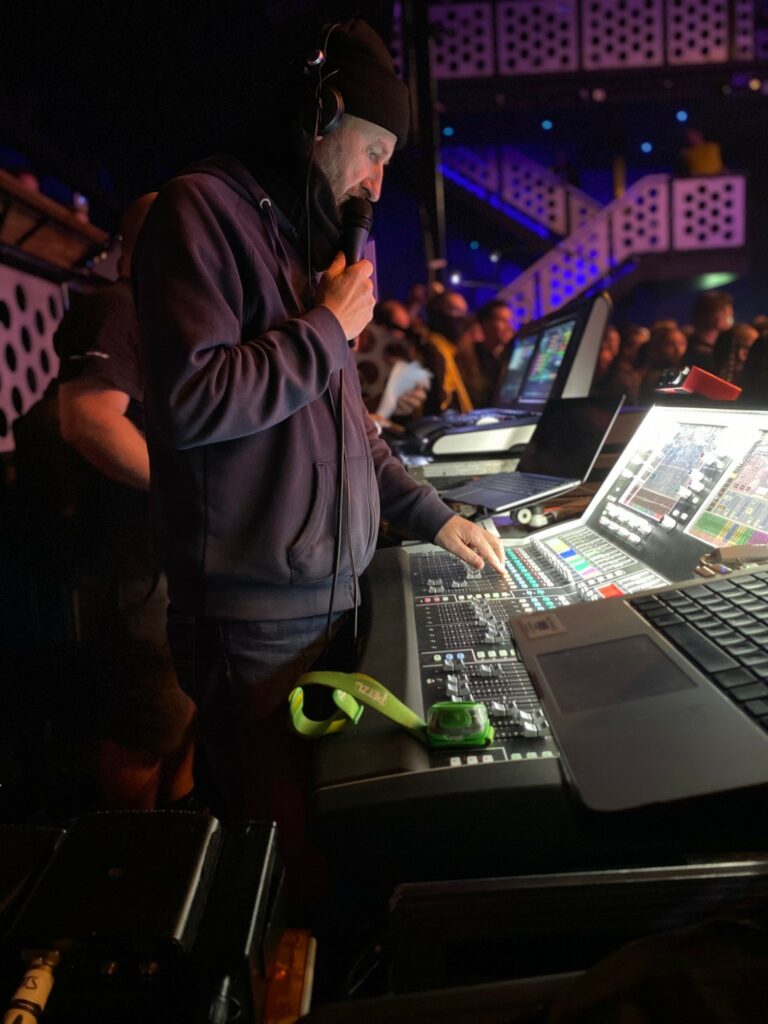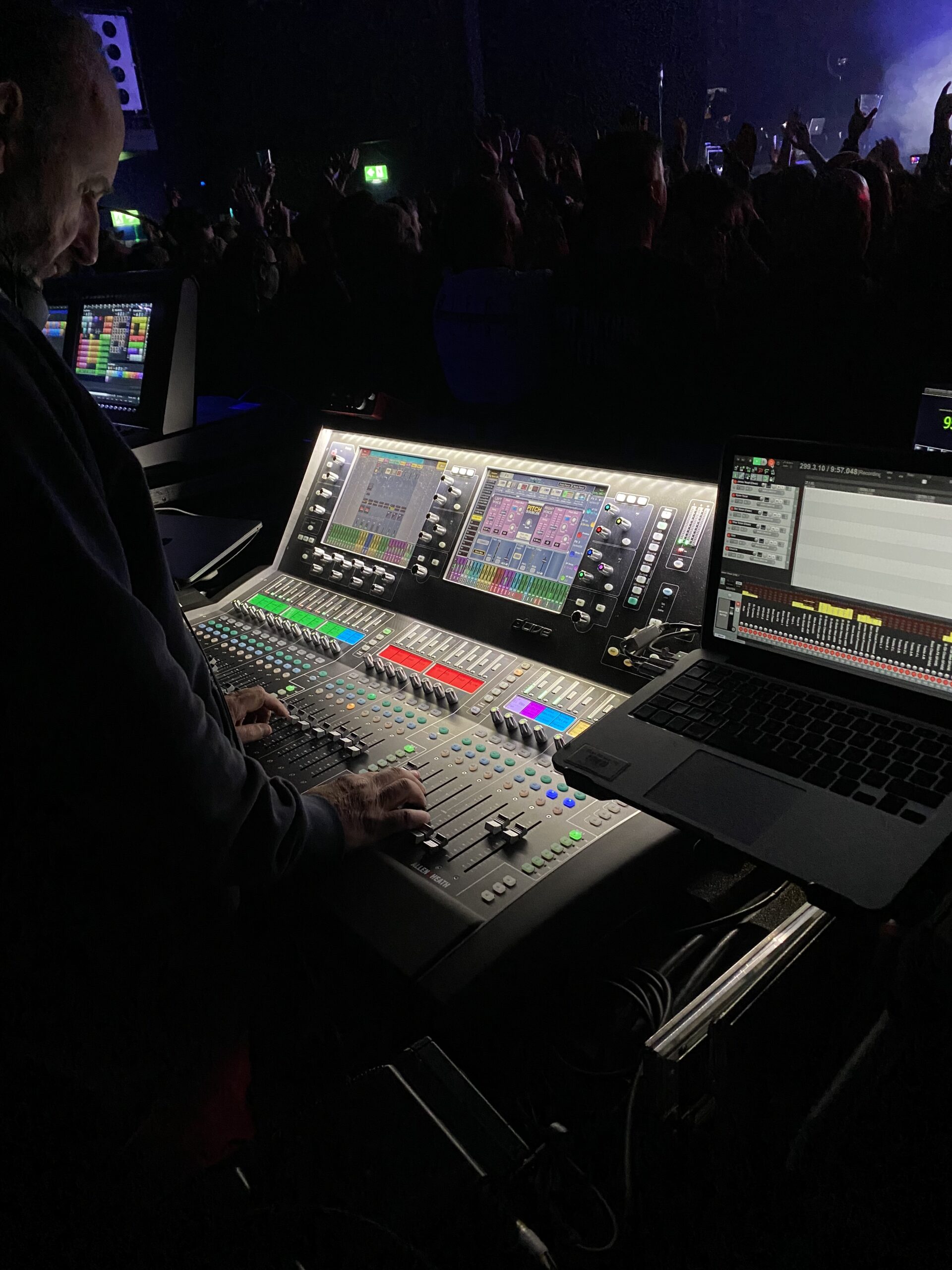Jon Burton

This month Jack Kenyon (dLive Product Specialist) speaks to Jon Burton, a sound engineer and educator who has worked with The Prodigy, Biffy Clyro, Richard Hawley and many more.
What have you been up to since we last spoke?
I stepped back from touring when [Prodigy frontman] Keith Flint sadly passed away in 2019 and took up a teaching post at the University of Derby. After 35 years of touring, being stationary was a very strange experience! While touring colleagues were laid up in 2020, I was hard at work learning a new profession and then re-learning it as an online experience. It has been hard but rewarding.
That sounds like quite a change. What attracted you to teaching?
I have spent much of my life as an engineer but gradually became more involved in education. I wanted to try and give something back, hopefully inspire the next generation of engineers in the same way as I had been mentored. Also, I have so many unanswered questions in my head!
What areas of research are you interested in?
I am currently working with Dr Adam Hill on research into noise control. I do feel in some ways I have become poacher turned gamekeeper. The aim is to help improve the audience experience in a way that satisfies the interest of musicians, engineers and audiences, whilst remaining safe.

Covid has obviously had a massive impact on the industry, how has it affected you?
I went to my first “post-Covid” show at the Albert Hall, a prom concert, and was a bit freaked out. The next night I went to see my son play with his band and it all came flooding back to me as to why I loved this business so much. Fast forward to the summer and I am in a band ‘Covid bubble’, yet standing in a 90,000-crowd mixing Biffy Clyro at Leeds and Reading festivals. It has been a strange and often contradictory experience. Also doing the smaller shows in October brought home to me how much I love engineering and how much a part of my life it has been, and always will be.
Speaking of Biffy Clyro, I believe you had your first experience with dLive on one of their tours. What was your journey from analogue to dLive?
I spoke to Allen & Heath many years ago when Rob Clark [Allen & Heath MD] and I chatted reverbs at a trade show and he challenged me to tell him what I wanted. Eventually, this ended up with some serious conversations and a trip to Allen & Heath in Cornwall. I still wasn’t using the desk but I had an interest in it, an emotional attachment having seen some of its development into a finished desk.
When the Biffy Clyro show came along I looked for a digital alternative. It was in many ways for me a no brainer. I spent some time with the desk and a multitrack and just felt comfortable. I haven’t looked back.

Would you say moving to dLive made your life easier? And are there things you miss about analogue?
Having recently used a good selection of desks, from different manufacturers, being able to arrange the surface layout pulled me in. But no desk does exactly what I want. I would still struggle to mix a ‘dub’ show on the desk, it is a skill I have learnt in an analogue style, and I am yet to find a surface that responds how I would like or has an arrangement of knobs that make that style of very proactive mixing possible.
However, for the Biffy Clyro show, the dLive sits well for me. I surprised myself by not having any extras on the last tour. I had the desk, a laptop for walk-in music, another to record on, a third with 10EaZy noise measurement software, but nothing else but the desk to mix on. Not even a delay pedal. I must be getting old and contented!
I have used the new version [1.9], and I was pleased to see many features we had discussed changed, it feels like the whole desk was given a spruce up! I have the processing I need, enough variety and flexibility. I have almost all the effects I want… you still have my favourite drum reverb to model!
What would you like to see in the future?
I am still waiting for the step that takes sound desks to a new level, where they break away emulating the faders and knobs of analogue and giving us new ways to mix. For me, it has always been about sound. I have no wish to see the EQ. I don’t want any more visual information. I want a responsive EQ, a good sound. So far A&H have managed to satisfy a good few of my ’mixing’ needs and I am looking forward to seeing where our journey takes us next.